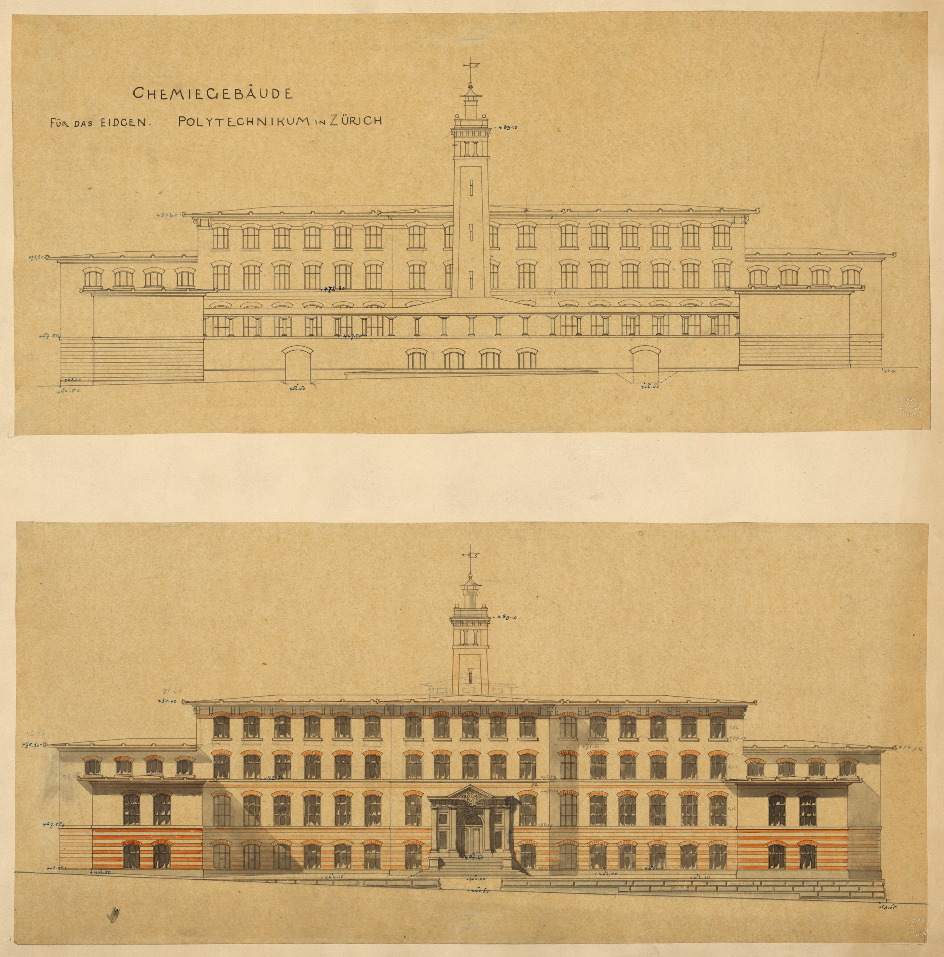1855-1904: Striking a balance between university, factory and laboratory
After the intense debate surrounding its foundation, the new higher education institution entered a more stable era of development. In the period up to the turn of the century, it established a place for itself in the political and economic landscape of Switzerland by promising to build and preserve national infrastructures designed to meet the requirements of the future.

Key dates during this era:
Designing the curriculum to incorporate both theory and practice
The Federal Polytechnic School amassed and preserved knowledge and made it accessible for a wide variety of purposes. It had to be careful to weigh up the demands of the institution’s day-to-day operations, the requirements of industry and emerging research interests, and when it came to designing the curriculum it was particularly important to strike a balance between theory and practice. Syllabuses had to be drawn up, professors recruited and students signed up. In the early years, the Federal Polytechnic School benefited from the repressive climate that prevailed at other European polytechnic institutions. Students flocked to Zurich from all over Europe, attracted by the newly appointed professors – including such illustrious names as Kinkel, de Sanctis, Vischer, Cherbuliez, Clausius, Culmann, Reuleaux and Semper.
However, it took some time for the Federal Polytechnic School to establish standards. By 1879, for example, the diploma that could have attested to the attainment of a specific standard was still only awarded to barely a third of the students.
What should the syllabuses be geared towards? Draughtsmanship, measurements, mathematics, or the practical conditions of industrial production? The generation, preservation and – last but not least – the applicability of polytechnic knowledge depended on the answers to these questions. Lecturers such as Reuleaux achieved some success in formalising the practical engineering activities that they observed in industry.
Treading a fine line between a university, factory and laboratory
The 1880s and 1890s saw the construction of laboratory facilities, with the aim of improving education by deepening theoretical knowledge through scientific experimentation. At the same time, abstract forms of knowledge had to be made applicable to industrial practice. The building programme implemented during the first phase of the institution’s history was a testament to this fine balancing act between creating a university, a factory and a laboratory.
